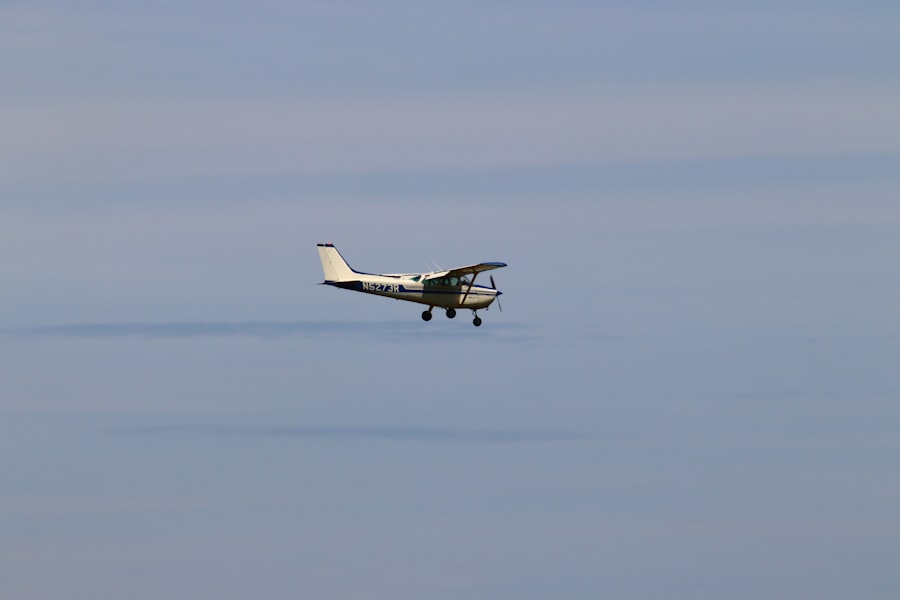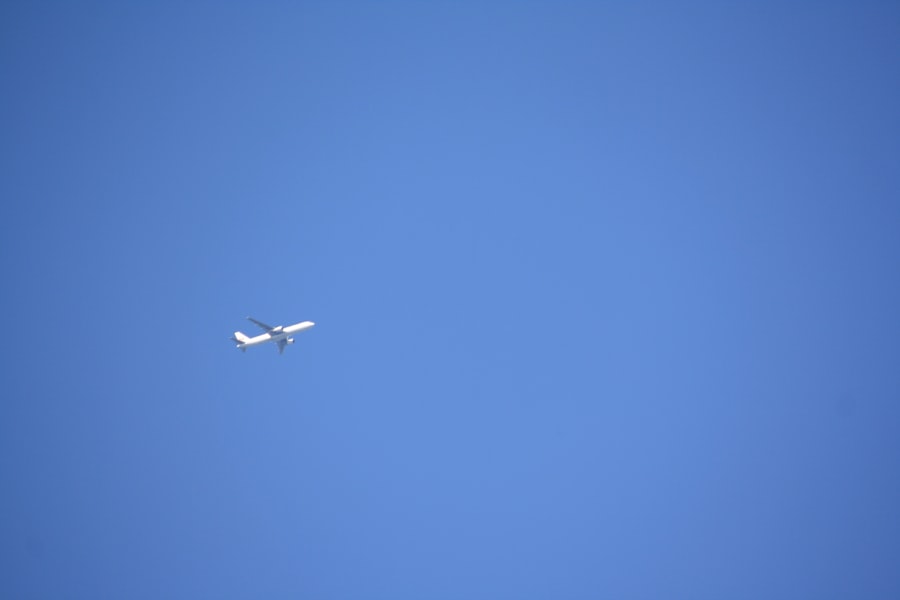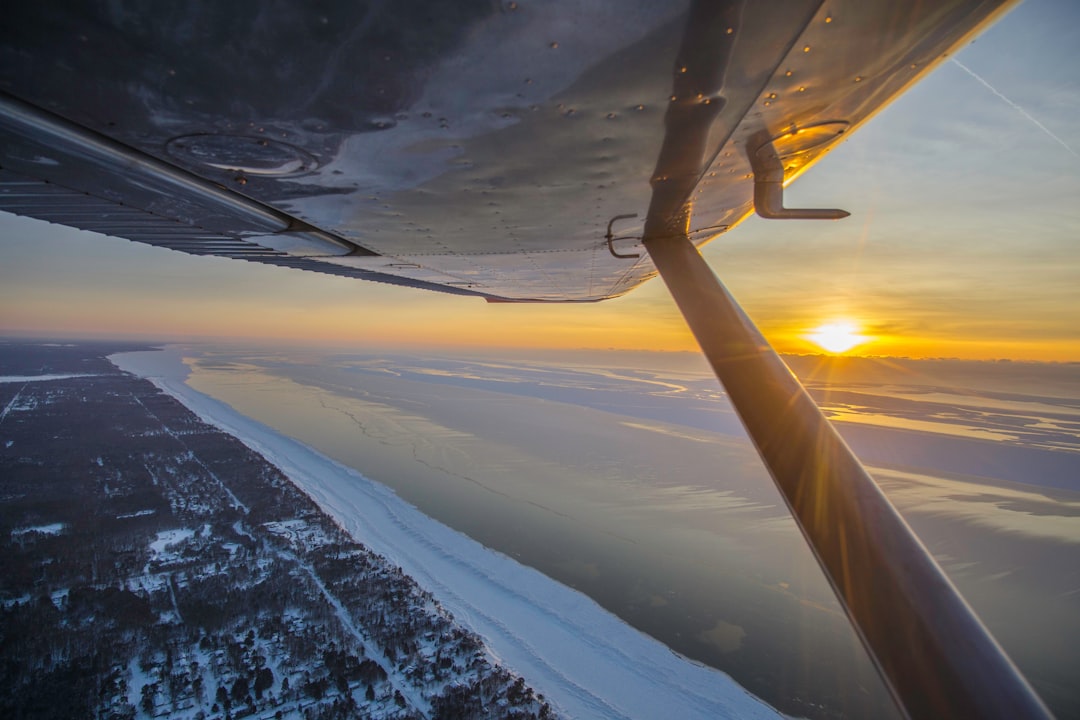The Drake Passage, a body of water situated between the southern tip of South America and Antarctica, is renowned for its tumultuous seas and unpredictable weather. Named after the English explorer Sir Francis Drake, who navigated these waters in the late 16th century, the passage serves as a critical maritime route for vessels traveling to and from Antarctica. Its unique geographical position not only makes it a vital corridor for marine life but also a significant point of interest for adventurers and researchers alike.
The passage is often characterized by its rough waters, which can pose challenges for both maritime and aerial navigation. For those considering a journey over this formidable stretch of ocean, understanding the intricacies of the Drake Passage is essential. The passage is not merely a geographical feature; it embodies the spirit of exploration and the challenges that come with venturing into some of the most remote areas of the planet.
As travelers increasingly seek out unique experiences, flying over the Drake Passage has emerged as an option that offers breathtaking views and a sense of adventure, albeit with its own set of challenges.
Key Takeaways
- Drake Passage is the body of water between the southern tip of South America and the northern tip of the Antarctic Peninsula.
- The geographical significance of Drake Passage lies in its role as a major gateway for the circulation of ocean currents and marine life between the Atlantic, Pacific, and Southern Oceans.
- Weather conditions over Drake Passage can be extreme, with strong winds and turbulent seas, posing challenges for flying over the area.
- Aircraft options for flying over Drake Passage include small planes, private jets, and chartered flights, each with their own advantages and limitations.
- Safety considerations for flying over Drake Passage include the need for experienced pilots, proper aircraft maintenance, and emergency preparedness in case of adverse weather conditions.
The geographical significance of Drake Passage
The Drake Passage is approximately 800 kilometers (500 miles) wide and connects the Atlantic and Pacific Oceans. This strategic location makes it a crucial area for global shipping routes, particularly for vessels heading to Antarctica for research or tourism. The passage is also notable for its deep waters, which can reach depths of over 4,000 meters (13,000 feet), creating a unique marine ecosystem that supports a diverse array of wildlife, including whales, seals, and various seabird species.
Geographically, the Drake Passage serves as a natural barrier between the continents of South America and Antarctica. This separation has significant implications for ocean currents and climate patterns. The Antarctic Circumpolar Current flows through the passage, influencing weather systems across the globe.
The interaction between these currents and the surrounding landmasses contributes to the region’s dynamic weather conditions, making it an area of interest for climatologists and oceanographers alike.
Weather conditions and challenges of flying over Drake Passage

Flying over the Drake Passage presents unique challenges due to its notoriously volatile weather conditions. The region is known for sudden storms, high winds, and low visibility, which can complicate flight operations. Pilots must be prepared for rapid changes in weather, as conditions can shift from calm to turbulent in a matter of minutes.
This unpredictability necessitates careful planning and real-time monitoring of weather patterns to ensure safe passage. Moreover, the presence of strong winds can create turbulence that affects aircraft performance.
The combination of high-altitude winds and low-pressure systems can lead to challenging flying conditions that require constant vigilance and adaptability from flight crews.
Aircraft options for flying over Drake Passage
| Aircraft Option | Flight Duration | Capacity | Cost |
|---|---|---|---|
| Twin-engine turboprop | 6-7 hours | Up to 19 passengers | Varies |
| Jet aircraft | 4-5 hours | Up to 100 passengers | Varies |
| Chartered flight | Customizable | Customizable | Customizable |
When it comes to flying over the Drake Passage, not all aircraft are created equal. The choice of aircraft is crucial for ensuring safety and comfort during the journey. Smaller planes, such as twin-engine turboprops, are often favored for their ability to operate in challenging conditions while providing a more intimate flying experience.
These aircraft are typically equipped with advanced navigation systems that allow pilots to maneuver through adverse weather more effectively. Larger commercial jets may also be used for flights over the passage, but they come with their own set of limitations. While they can cover greater distances more quickly, their size can make them less agile in turbulent conditions.
As such, operators must carefully assess the capabilities of their aircraft in relation to the specific challenges posed by the Drake Passage. Ultimately, the choice of aircraft will depend on factors such as passenger capacity, range, and the specific operational requirements of the flight.
Safety considerations for flying over Drake Passage
Safety is paramount when flying over the Drake Passage, given its unpredictable weather and challenging flying conditions. Pilots must undergo rigorous training to prepare for the unique challenges presented by this region. This includes understanding how to interpret weather data accurately and making real-time decisions based on changing conditions.
Additionally, flight crews are trained in emergency procedures specific to over-water flights, ensuring they are prepared for any eventuality. Aircraft operating in this region are also equipped with advanced safety features designed to enhance reliability during flights. This includes redundant navigation systems, advanced communication equipment, and life-saving gear such as life rafts and emergency beacons.
Operators must adhere to strict safety regulations and conduct regular maintenance checks to ensure that all equipment is functioning optimally before embarking on a flight over the Drake Passage.
Alternatives to flying over Drake Passage

For those who may be hesitant about flying over the Drake Passage due to its challenging conditions, several alternatives exist. One popular option is to take a cruise ship that traverses the passage, allowing travelers to experience its beauty at a more leisurely pace. These vessels are designed to handle rough seas and often provide amenities that enhance the overall experience, such as guided excursions and educational programs about the region’s ecology.
Another alternative is to fly into Ushuaia, Argentina, which serves as a gateway to Antarctica. From there, travelers can embark on various tours that explore the surrounding areas without directly crossing the Drake Passage by air. This option allows individuals to enjoy the stunning landscapes and wildlife without facing the uncertainties associated with flying over this notorious stretch of ocean.
The experience of flying over Drake Passage
Flying over the Drake Passage can be an exhilarating experience for those who choose to embark on this journey. Passengers are often treated to breathtaking views of the ocean below, with its deep blue waters contrasting against the rugged coastline of South America and the icy expanse of Antarctica. The sight of icebergs floating majestically in the water adds an element of wonder to the flight, making it a memorable adventure.
However, it is essential for travelers to prepare themselves mentally for potential turbulence during the flight. While many flights may be smooth, others can encounter rough patches due to changing weather conditions. Passengers should be aware that experiencing some degree of motion may be part of their journey, but this only adds to the thrill of traversing one of the most remote regions on Earth.
Tips for flying over Drake Passage
For those planning to fly over the Drake Passage, several tips can enhance their experience and ensure a smoother journey. First and foremost, travelers should dress in layers, as temperatures can vary significantly during flights. Wearing comfortable clothing will help passengers adapt to changing conditions both inside and outside the aircraft.
Additionally, it is advisable to stay hydrated during the flight and consider taking motion sickness medication if prone to discomfort during turbulent conditions. Passengers should also keep their cameras ready; capturing stunning aerial views can create lasting memories of this extraordinary journey. Lastly, maintaining an open mind about potential delays or changes in itinerary will help travelers navigate any unexpected challenges that may arise during their adventure.
The environmental impact of flying over Drake Passage
The environmental impact of flying over the Drake Passage is an important consideration in today’s climate-conscious world. Air travel contributes significantly to carbon emissions, which have far-reaching effects on global warming and climate change. As more travelers seek out experiences in remote regions like Antarctica, it becomes crucial to assess how these journeys impact local ecosystems.
Operators are increasingly aware of their responsibility to minimize their environmental footprint while providing unique travel experiences. Many airlines are exploring sustainable aviation fuels and implementing practices aimed at reducing emissions during flights. Additionally, educating passengers about responsible travel practices can help foster a greater appreciation for preserving these fragile ecosystems.
Cost considerations for flying over Drake Passage
Cost is another critical factor when considering a flight over the Drake Passage. Prices can vary significantly depending on several factors, including the type of aircraft used, duration of the flight, and additional services offered by operators. Travelers should be prepared for potentially higher costs associated with flights in this remote region compared to more conventional travel routes.
While some may view these expenses as prohibitive, others see them as an investment in a once-in-a-lifetime experience. It is essential for travelers to weigh their options carefully and consider what aspects of their journey are most important to them—whether it be comfort, speed, or unique experiences—before making a decision.
Is flying over Drake Passage worth it?
In conclusion, flying over the Drake Passage offers an unparalleled opportunity to witness one of Earth’s most remote and breathtaking landscapes from above.
The stunning views of icy waters and rugged coastlines create lasting memories that resonate long after the journey has ended.
Ultimately, whether or not flying over the Drake Passage is worth it depends on individual preferences and priorities. For those seeking adventure and unique experiences in one of the world’s last frontiers, this journey promises excitement and awe-inspiring beauty that few other destinations can match. As travelers continue to explore this remarkable region, they contribute not only to their own personal growth but also to a greater understanding of our planet’s diverse ecosystems and environments.
If you’re curious about the challenges and considerations of flying over the Drake Passage, you might find it interesting to explore related topics on geographical adventures and travel insights. A great resource for this is an article on MyGeoQuest, which delves into various geographical phenomena and travel experiences. You can read more about these fascinating topics by visiting their website. This site offers a wealth of information that complements the discussion on navigating the Drake Passage, whether by air or sea.
WATCH NOW! Drake Passage: Earth’s Deadliest Waters Revealed
FAQs
What is the Drake Passage?
The Drake Passage is the body of water between the southern tip of South America and the northern tip of the Antarctic Peninsula. It is known for its rough seas and challenging sailing conditions.
Can you fly over the Drake Passage?
No, it is not possible to fly over the Drake Passage as it is a body of water. The only way to cross the Drake Passage is by boat or ship.
Why is flying over the Drake Passage not possible?
The Drake Passage is a wide expanse of open water with no landmasses in between. Therefore, there are no airports or runways for planes to take off or land on.
What are the options for crossing the Drake Passage?
The most common way to cross the Drake Passage is by taking a cruise or expedition ship. These ships are specially designed to navigate the rough seas of the passage and provide a unique experience for travelers.
Are there any alternative routes to reach Antarctica without crossing the Drake Passage?
Yes, there are some cruise operators that offer flights from Punta Arenas, Chile to King George Island in Antarctica, bypassing the need to cross the Drake Passage by ship. However, these flights are subject to weather conditions and availability.
